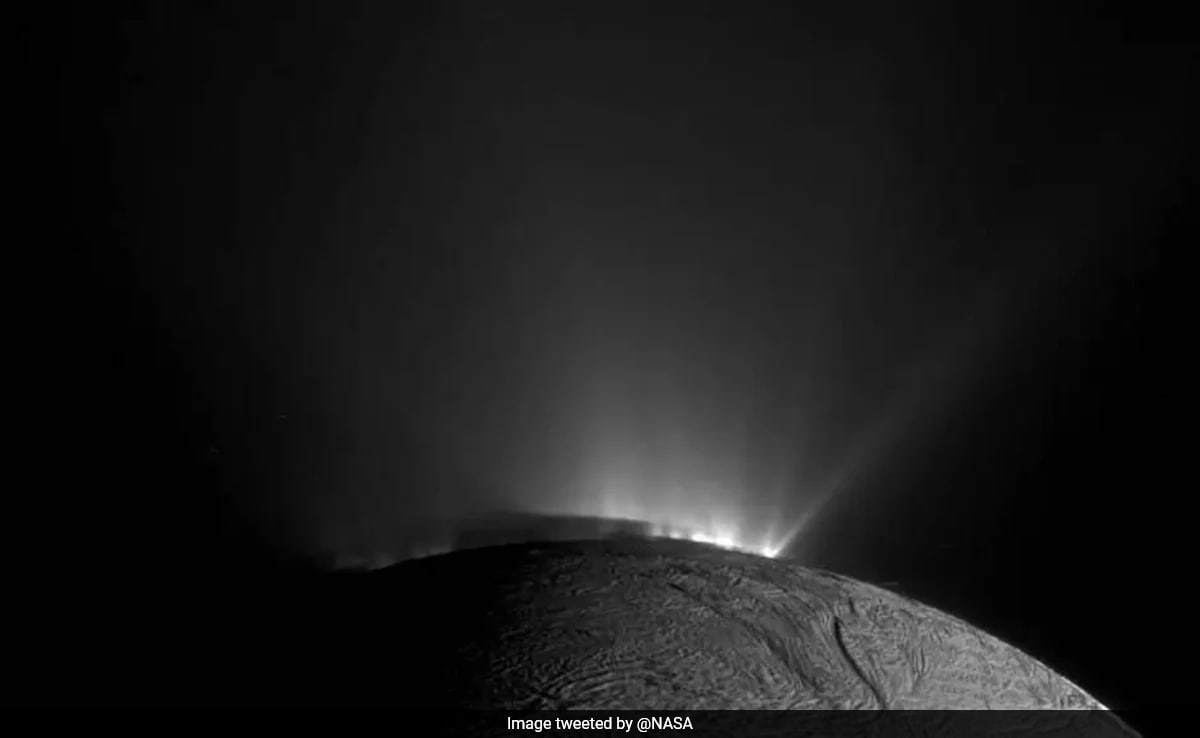
According to NASA, these exoplanets are roughly the size of Earth, but less dense and much cooler.
A recent NASA search for life beyond the solar system has discovered 17 exoplanets that may have oceans of liquid water beneath their icy shells. The search for life usually involves finding exoplanets that are in the “habitable zone” of their host star, at that distance where temperatures would allow liquid water to persist on their surface. However, if a very distant and cold exoplanet has enough internal heat, it is possible that there is still an ocean beneath the icy crust.
According to Space.com, these worlds, like Jupiter’s icy moons, may be promising places to look for chemical signs of life. Notably, Jupiter’s moon Europa and Saturn’s Enceladus do not receive enough sunlight, but still have liquid oceans beneath their icy crusts.
For the first time, @NASAExoplanets Scientific teams have estimated that 17 worlds outside our solar system may have oceans of liquid water, an essential ingredient for life, beneath their icy shells. Jump in: https://t.co/8wIm2qhUDEpic.twitter.com/OP7eXhrz6E
— NASA (@NASA) December 15, 2023
“Water from these oceans can occasionally erupt through the ice crust as geysers. The science team calculated the level of geyser activity on these exoplanets, the first time these estimates have been made. They identified two exoplanets close enough that telescopes could see signs of these explosions. NASA said.
These icy worlds, including the two closest to our solar system, may have conditions capable of supporting life.
“Our analyzes predict that these 17 worlds may have ice-covered surfaces, but receive sufficient internal heat from the decay of radioactive elements and tidal forces from their host stars,” Lynne Quick of NASA’s Goddard Space Flight Center said in a statement. .
“Thanks to the amount of internal heat they experience, all the planets in our study are likely to exhibit cryovolcanic eruptions in the form of geyser-like plumes,” Mr Quick added.
According to NASA, these exoplanets are roughly the size of Earth but less dense and much cooler, suggesting that their surfaces are covered in ice.
The geyser activity of two exoplanets, Proxima Centauri b and LHS1140 b, is hundreds to thousands of times that of Europa, the researchers said.
Because our models predict that oceans may be found near the surfaces of Proxima Centauri b and LHS 1140 b, and that their rates of geyser activity may be hundreds to thousands of times higher than Europa’s, the telescopes are more likely to detect geological activity. These planets,” Mr Quick said.
